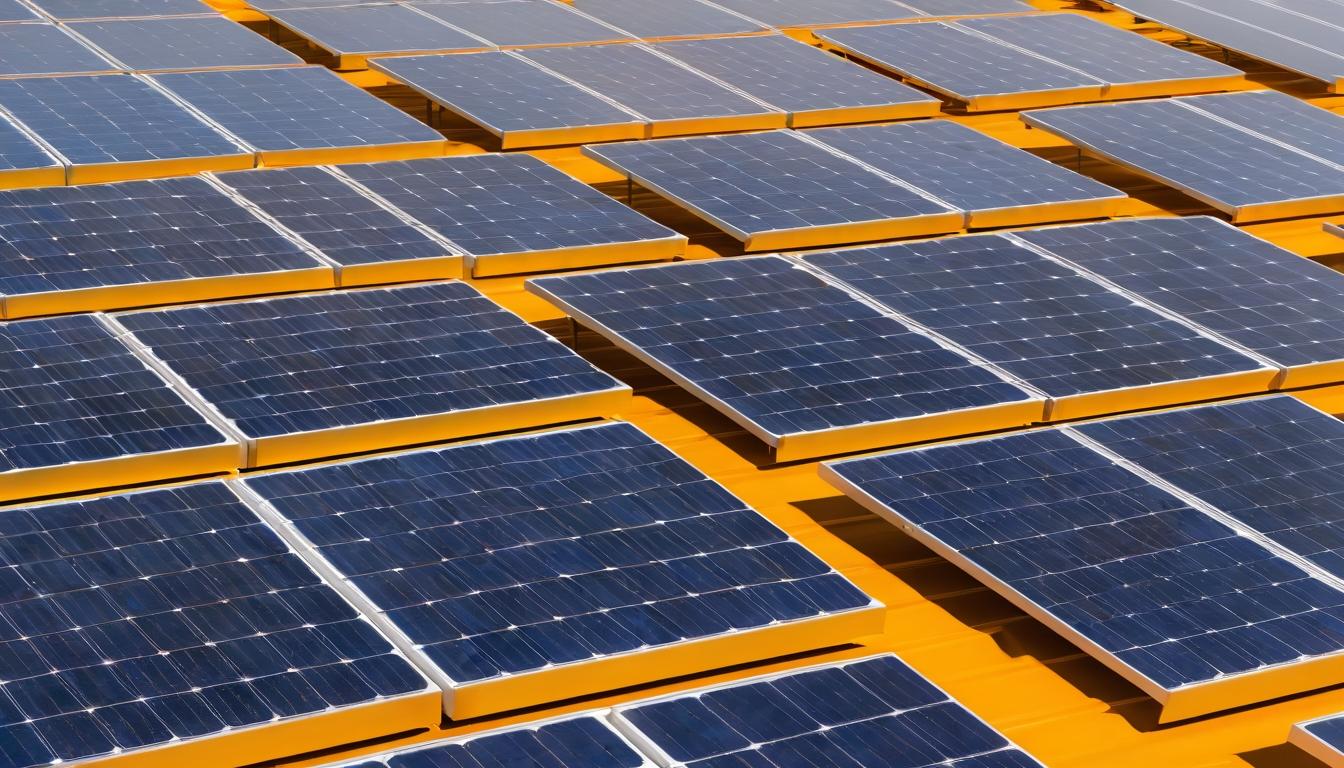Walking through the sprawling solar farms of California's Mojave Desert, it's easy to think we've reached peak solar technology. Rows upon rows of gleaming panels tilt toward the sun, harvesting energy with quiet efficiency. But beneath this familiar landscape, a revolution is brewing that most consumers—and even many industry insiders—are completely missing.
While traditional silicon panels continue to dominate the market, a new generation of solar technology is emerging from research labs and pilot projects worldwide. Perovskite solar cells, once confined to academic papers, are now showing commercial promise with efficiencies that rival and sometimes exceed conventional silicon. These thin, flexible materials can be printed like newspaper and applied to surfaces ranging from building facades to car roofs, opening up possibilities that rigid panels could never accommodate.
What makes this development particularly exciting isn't just the technology itself, but the manufacturing revolution it enables. Companies are developing roll-to-roll printing processes that could slash production costs by up to 80% compared to traditional panel manufacturing. Imagine solar panels being produced as cheaply as wallpaper, with installation becoming as simple as applying adhesive backing to a suitable surface. This isn't science fiction—factories in Europe and Asia are already scaling up these production methods.
Meanwhile, the integration of artificial intelligence into solar systems is creating smarter, more responsive energy networks. Machine learning algorithms now optimize panel positioning in real-time, predict maintenance needs before failures occur, and manage energy distribution across microgrids with precision that human operators could never achieve. These systems learn from weather patterns, energy consumption habits, and even seasonal changes to maximize efficiency year-round.
Storage technology, long the Achilles' heel of solar power, is undergoing its own quiet transformation. While lithium-ion batteries grab headlines, flow batteries and thermal storage systems are emerging as viable alternatives for large-scale applications. Companies are experimenting with everything from molten salt storage to compressed air systems, each offering unique advantages for different applications and climates.
Perhaps most surprisingly, the business models around solar are evolving faster than the technology itself. Community solar gardens allow renters and homeowners with shaded roofs to participate in the solar revolution. Solar-as-a-service models eliminate upfront costs entirely, while blockchain-enabled peer-to-peer energy trading lets neighbors buy and sell excess power directly. These innovations are democratizing solar access in ways that were unimaginable just five years ago.
The regulatory landscape is struggling to keep pace with these technological leaps. Outdated net metering policies, interconnection bottlenecks, and permitting delays continue to hamper adoption in many markets. Yet forward-thinking utilities and municipalities are beginning to embrace rather than resist these changes, recognizing that distributed solar represents not a threat but an opportunity to build more resilient, cost-effective energy systems.
What's often overlooked in discussions about solar technology is the human element. The industry now employs more Americans than coal mining, with jobs ranging from installation and maintenance to software development and financial services. These aren't just temporary construction jobs—they're long-term careers in a growing sector that shows no signs of slowing down.
The environmental benefits extend beyond carbon reduction. Advanced recycling technologies are emerging to handle end-of-life panels, recovering valuable materials while minimizing waste. New manufacturing processes use less water and energy than conventional methods, while bifacial panels that capture reflected light are increasing energy production without requiring additional land.
Looking ahead, the convergence of solar with other technologies promises even greater disruption. Building-integrated photovoltaics are turning entire structures into power generators, while floating solar farms are creating new opportunities on reservoirs and coastal areas. Agricultural applications are emerging that allow farming to continue beneath elevated solar arrays, maximizing land use in creative ways.
The most exciting developments may be happening at the smallest scales. Researchers are working on transparent solar cells that could turn every window into a power generator, and solar paints that could transform any surface into an energy harvester. While these technologies remain in development, they hint at a future where solar power becomes truly ubiquitous—woven into the fabric of our built environment rather than bolted onto it.
What's clear is that the solar industry is no longer just about panels on roofs. It's becoming an integrated ecosystem of technologies, business models, and social innovations that together are reshaping how we produce and consume energy. The companies and communities that understand this broader transformation—and position themselves to leverage it—will be the ones that thrive in the coming energy transition.
The revolution isn't coming—it's already here, quietly unfolding in labs, factories, and neighborhoods around the world. And for those paying attention, the opportunities have never been brighter.
The solar revolution you're not hearing about: how emerging technologies are reshaping clean energy

